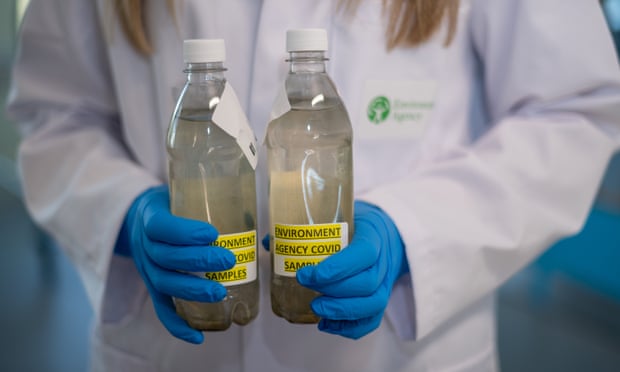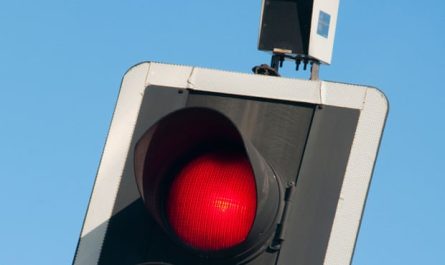They consider themselves the “crap group” – a group of wellbeing investigators who are finding and taking off Coronavirus episodes by perusing the signs in our sewage. What’s more, they are extending. Recently, the Ecological Checking for Wellbeing Assurance Program opened a reason constructed research facility on the edges of Exeter, its clean inside as a glaring difference to the unsanitary subject of its examinations.
The launch of the research facility denotes an emotional extension of what was, until not exactly a year prior, simply a dirt unrealistic fantasy: testing sewage for Covid to comprehend where it is flowing and get an early admonition of future expected spikes in contamination. Later on, this organization could be extended to screen other irresistible infections including influenza.
“At this moment, what it implies is we can recognize and contain the spread of Coronavirus. However, moving past that, ostensibly what the NHS might want to know is what do we should be ready for in some random region? Through this program we could possibly give data to clinics and nearby authorizing bunches about what the strength of the local area resembles and what the requests may be, that could take into consideration the advancement of assets and the setting aside of cash,” said Dr Andrew Engeli of the Joint Biosecurity Community, which is driving the venture as a team with Defra, the Climate Organization and different accomplices including the declined administrations of Grains, Scotland and Northern Ireland.The thought was imagined during the early months of the pandemic, after reports that Covid was being shed in the excrement of some contaminated people. The quick concern was that this may deliver public latrines and pools powerful wellsprings of disease, albeit further examinations have proposed that the danger of contracting Coronavirus from sewage is negligible.
Notwithstanding, researchers at the Climate Organization’s Starcross lab close to Exeter likewise considered such to be as a chance. “We were on reserve to offer clinical Coronavirus testing for the NHS, however then a Dutch gathering distributed a paper saying that they had found Covid in wastewater around five days before they saw an adjustment of clinical cases,” said Dr Jonathan Doorman, a microbiologist who has been engaged with the wastewater program from the start. “At the point when it worked out that our administrations wouldn’t have been helpful to the NHS, we concluded we should get this and give it a go.”
Last July, they started preparing tests from 44 wastewater treatment plants, representing the consolidated discharges of 23% of Britain’s populace. The discovery of an abrupt spike in Covid RNA in sewage from a plant close to Trowbridge, Wiltshire, gave a significant first test. “There was no Covid truly in Trowbridge around then, yet we saw a little spike in the information which agreed with four or five cases that were identified through testing,” said Glenn Watts, appointee overseer of science at the Climate Organization.
From that point forward, the program has been extended to incorporate many destinations, covering around 66% of the number of inhabitants in Britain. Comparable projects are being created in Scotland, Grains and Northern Ireland, just as in around 28 different nations all throughout the planet – albeit the English and Scottish projects are among the most developed. “I don’t think any other person is working at this scale,” Watts said.The tests show up by dispatch at 6am every morning, having been collected from sewage pipes as they regurgitate their substance into wastewater treatment plants across Britain prior to preparing. Abounding with microbes, infections, and the soft leftovers of our suppers, these 500ml plastic jugs of overcast dark liquid are an epidemiological secret stash of data about our aggregate wellbeing simply holding on to be mined.The independently barcoded bottles, which look a ton like bubbly beverages compartments, are signed on to the framework and afterward wheeled up to the preparing lab on silver streetcars, where researchers load tests of liquid into axis cylinders, and twist them to isolate the fluid segments from the solids. It’s messy work, yet accomplished for the public great inside painstakingly encased cupboards intended to both forestall pollution of the sewage tests from outside sources, and to shield the research center staff from the large number of illness causing organisms they contain.
Synthetic compounds are added to the fluid part of the examples to extricate and decontaminate the hereditary material from various infections that it contains, until all that stays from the first 500ml example a few raindrops-worth of viral RNA. At last, this is stacked into PCR (Polymerase chain response) machines that distinguish and evaluate the measure of RNA from Sars-CoV-2.



